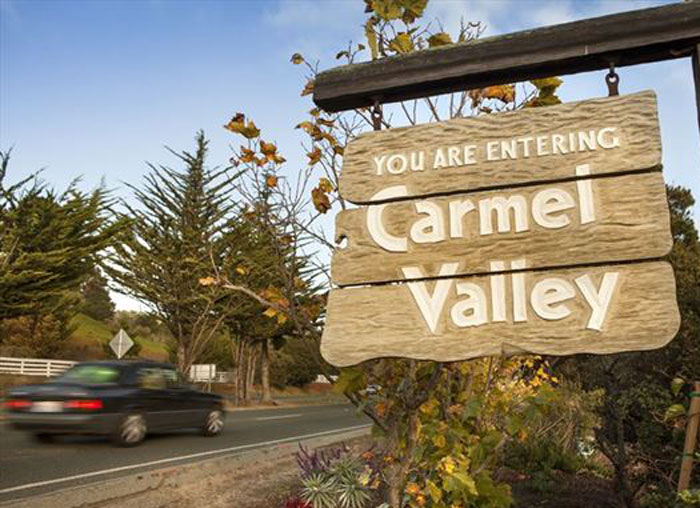- Tahoe’s Nevada Beach Tops the List of Hard-to-Book Campgrounds - 07/17/2024
- Cannabis Watershed Protection Program Cleans Up Illegal Grow Sites - 07/10/2024
- French Fire - 07/05/2024

Many people may not realize that what happened on April 17, 2013 in the town of West, Texas -- a fertilizer plant with an unreported large stockpile of explosive ammonium nitrate blew up, killing 14 and rendering hundreds of others injured and homeless -- could happen almost anywhere. Photo: Shane Torgerson
The recent explosion at a West, Texas fertilizer plant that killed many people really alarmed me. Places like this must exist near many communities around the country. How do I know if my own community might be at risk of a similar disaster?
– Mary Cyr, Sarasota, FL
Many people may not realize that what happened on April 17, 2013 in the town of West, Texas—a fertilizer plant with an unreported large stockpile of explosive ammonium nitrate blew up, killing 14 and rendering hundreds of others injured and homeless—could happen almost anywhere.
According to Greenpeace, one in three Americans could fall victim to a similar poison gas disaster by virtue of living near upwards of 12,000 plants that store and use highly toxic substances. “A chemical disaster at just one of these facilities could kill or injure thousands of people with acute poisoning,” the group reports. Greenpeace has identified 483 U.S. facilities where 100,000 people or more would be at risk during a disaster. And one in five of those threatens areas with populations topping one million.
“Even though chemical plant safeguards fail every week, the chemical industry has largely refused to make their plants safer and more secure,” says Greenpeace. “Congress even amended the Clean Air Act in 1990 to try and address this problem, but the amendment has gone largely unused.” The group would like to see the Obama Administration create new regulations under the Clean Air Act that will require such facilities to prevent chemical disasters by switching to safer alternatives.
On the Greenpeace website, one can use an interactive map to determine whether they live in harms way of a potentially dangerous chemical plant. Each plant on the map is surrounded by a red circle marking its “vulnerability zone,” which ranges from less than a mile to 25 miles out, depending on the type and extent of chemicals in use as well as local topography and weather patterns. “Anyone within this zone could potentially be impacted by a toxic chemical release,” adds Greenpeace. “Impacts could range from minor injury to fatality depending on the chemical involved and the extent of exposure.”
Calls by the Department of Homeland Security and Environmental Protection Agency to require the use of safer chemical processes where feasible have fallen on deaf ears among Congressional Republicans loathe to require constituents to pay for costly environmental upgrades. But that could soon change: Senator Frank Lautenberg (D-N.J.) has introduced a bill that would make negligence regarding chemical reporting a federal crime with consequent harsh penalties. “The chemical reporting laws on the books today are toothless and do little to help us protect communities from chemical explosions,” says Lautenberg. “Facilities that break the reporting rules today essentially get away with just a warning.”
“The good news is that there are many cost-effective, safer chemical processes already in use that eliminate these risks without sacrificing jobs,” says Greenpeace, adding that more than 500 plants have voluntarily switched to safer alternatives over the last decade. The group wants President Obama to invoke executive privilege to tighten regulations on chemical plants that have not done so. Readers can sign on to the group’s online petition calling on the White House to require companies to design and operate chemical facilities in a way that prevents the catastrophic release of poison gases.
CONTACT: Greenpeace chemical plant map, http://usactions.greenpeace.org/chemicals/map.
EarthTalk® is written and edited by Roddy Scheer and Doug Moss and is a registered trademark of E – The Environmental Magazine (www.emagazine.com). Send questions to: earthtalk@emagazine.com. Subscribe: www.emagazine.com/subscribe. Free Trial Issue: www.emagazine.com/trial.













